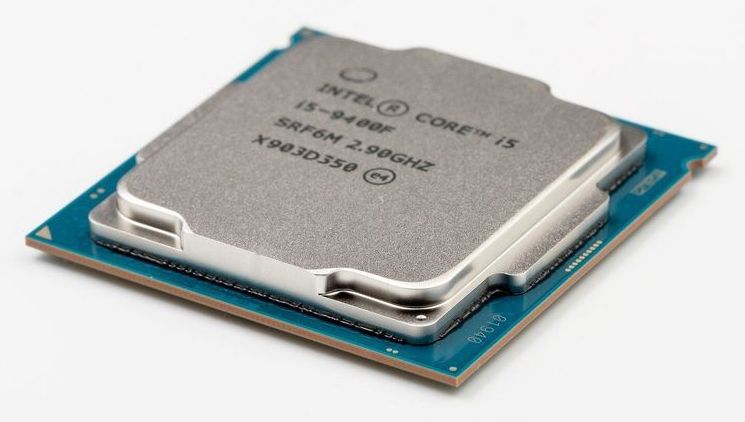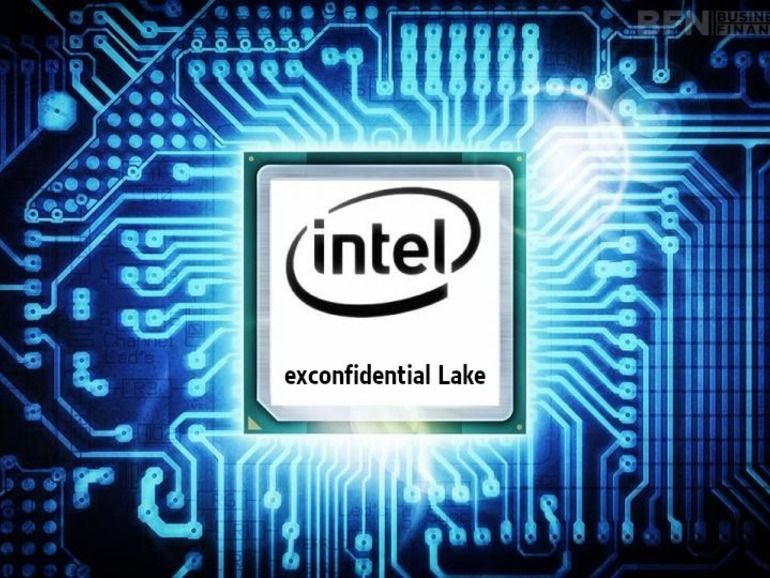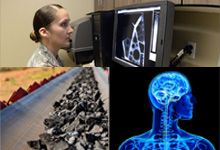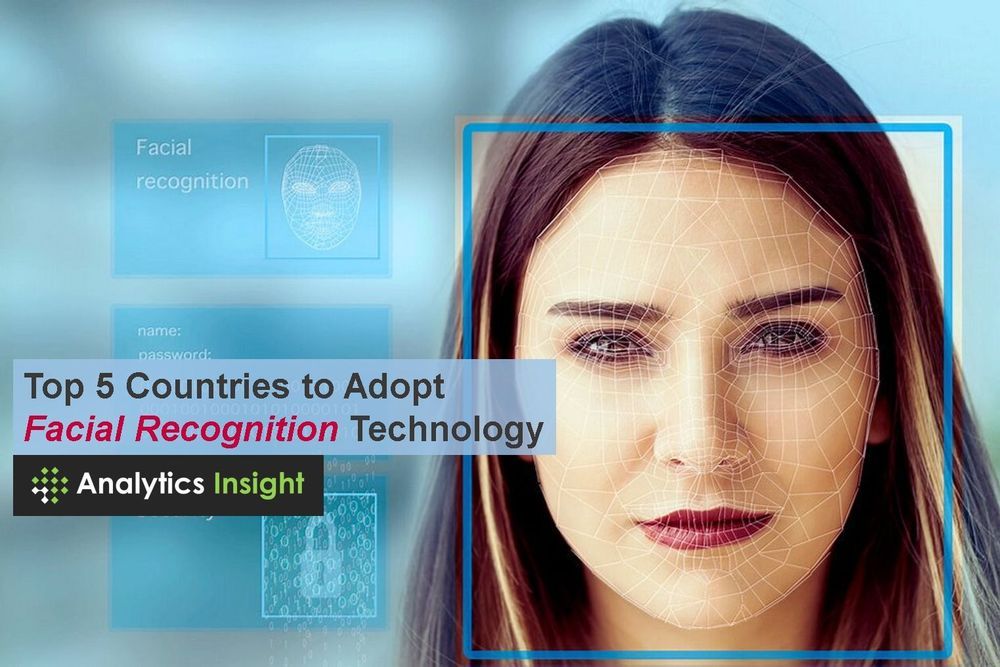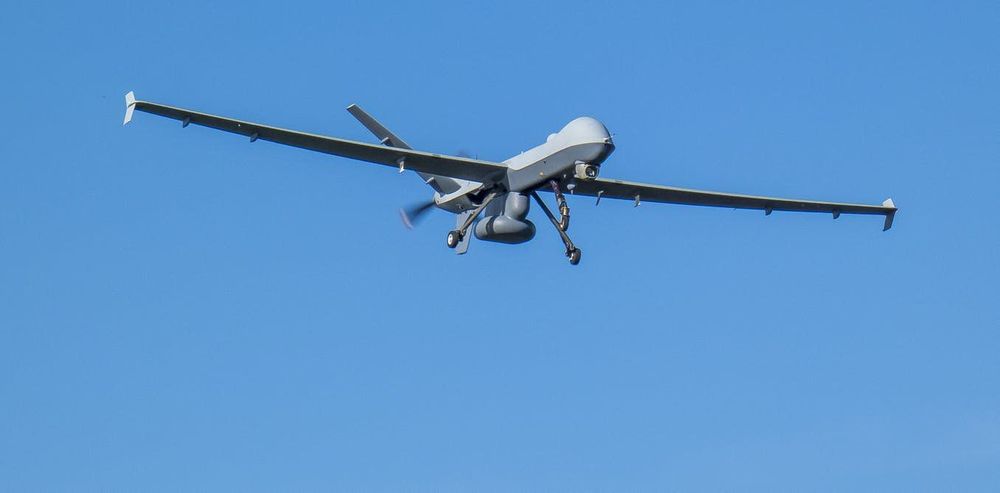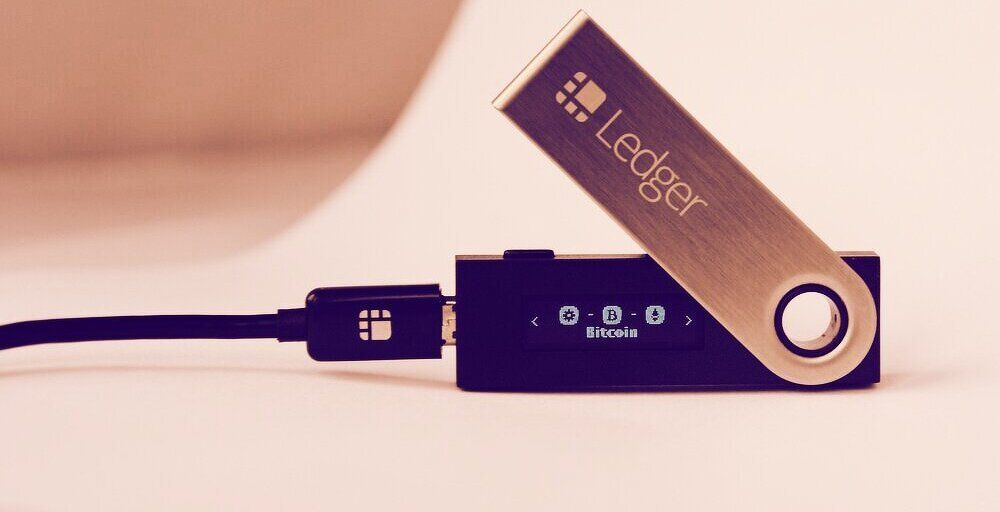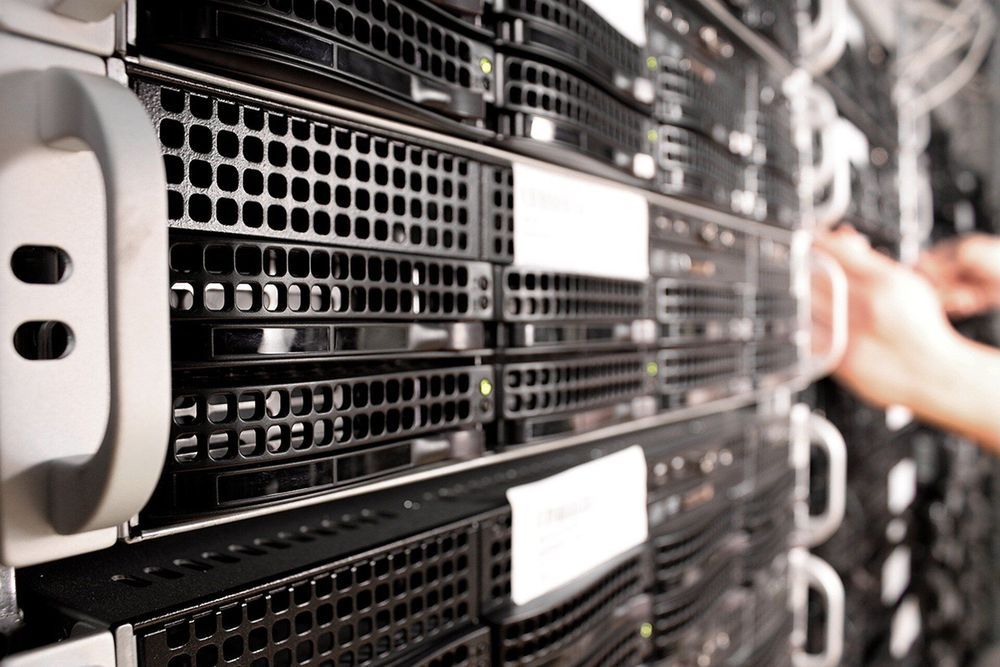Aug 8, 2020
Hacker posts confidential Intel specs online
Posted by Saúl Morales Rodriguéz in category: security
Intel suffered a massive breach Thursday as 20 GB of internal documents were published online.
The confidential documents contain data on the internal designs of chipsets dating back to 2016.
The data were sent by an anonymous source to a Swiss software engineer, Till Kottmann, who specializes in uploading hacked documents. He does so, he has said, to encourage companies to exercise more caution concerning security and “to better find and assess potential issues.” But he admits he is also motivated to release unauthorized documents obtained from hackers “to free information” for all to see.
